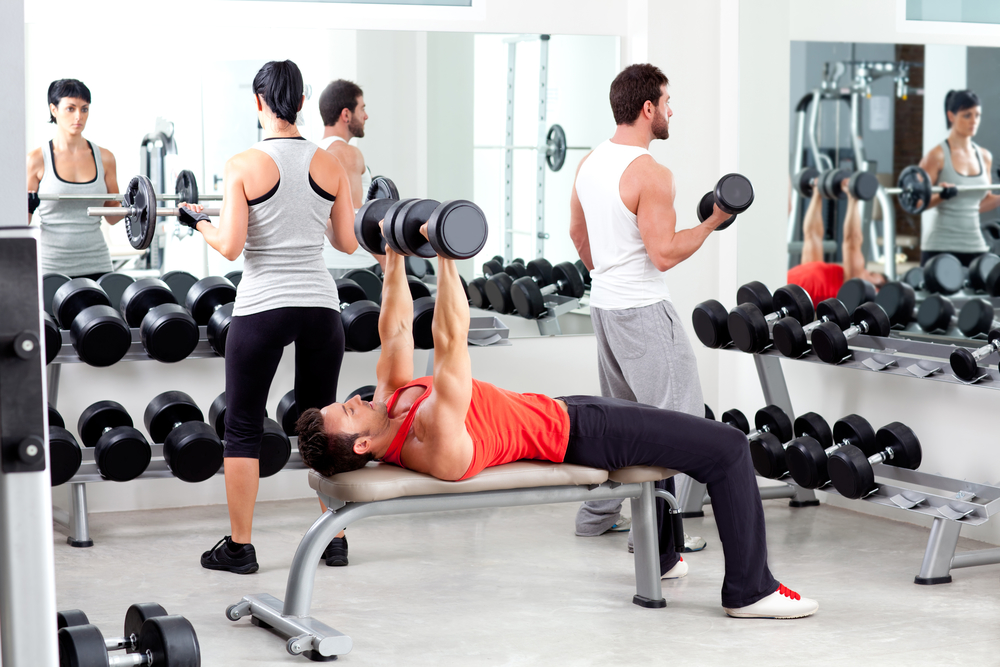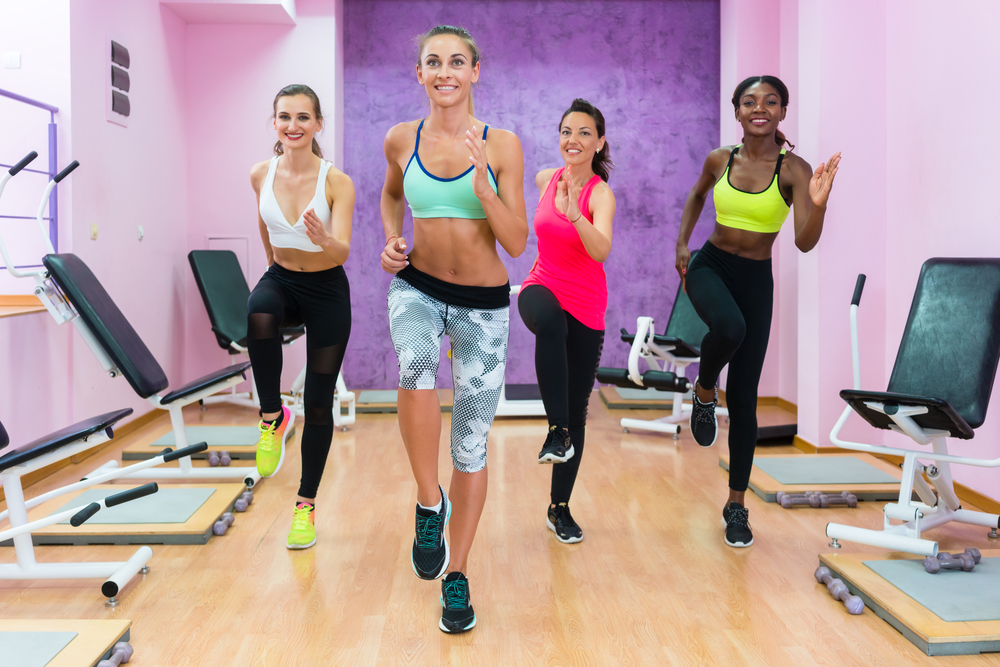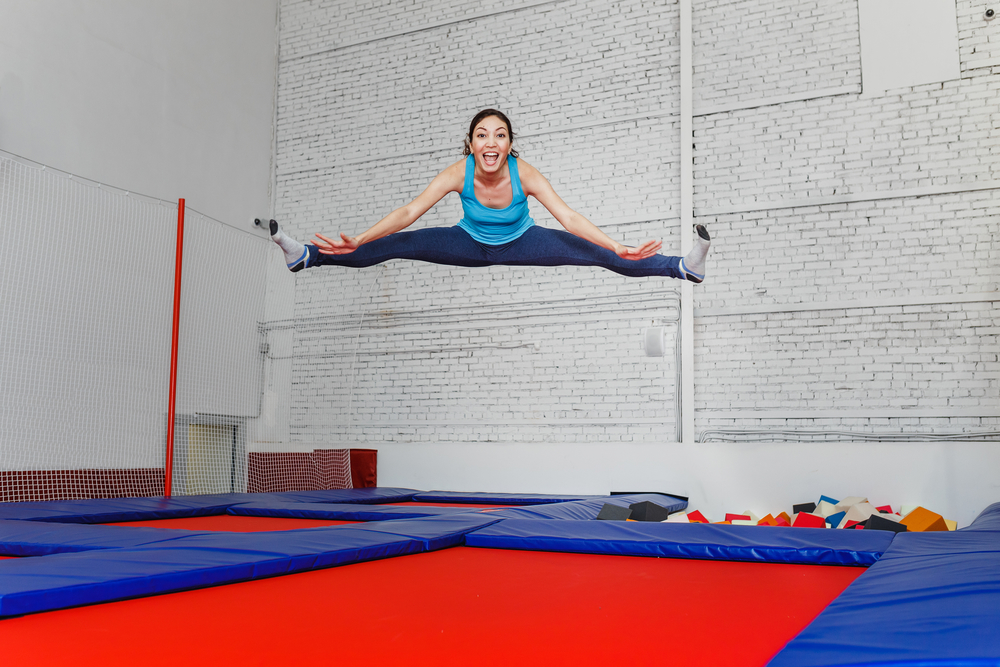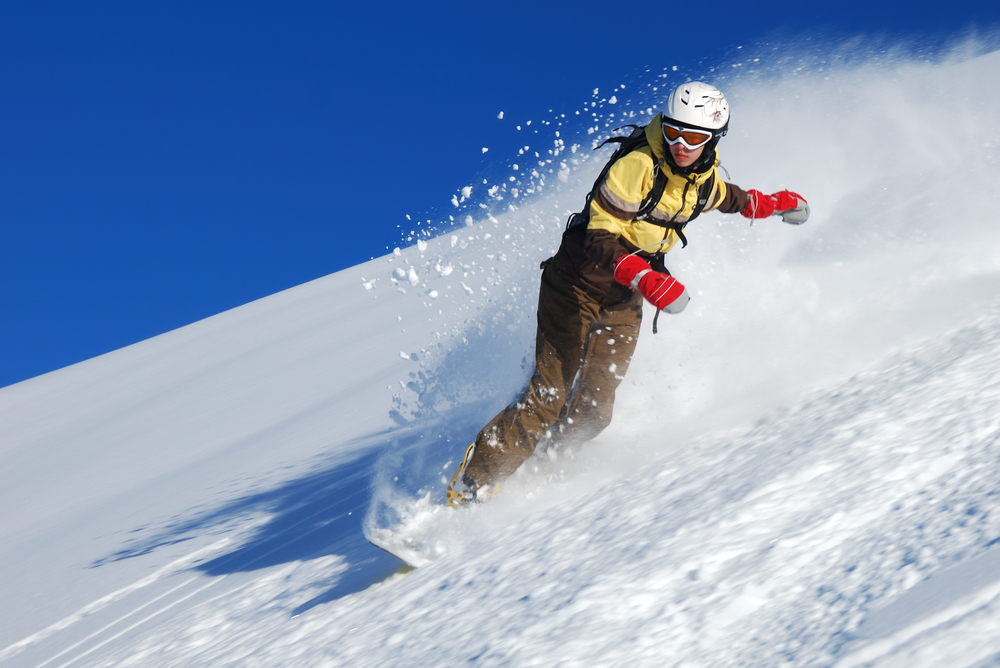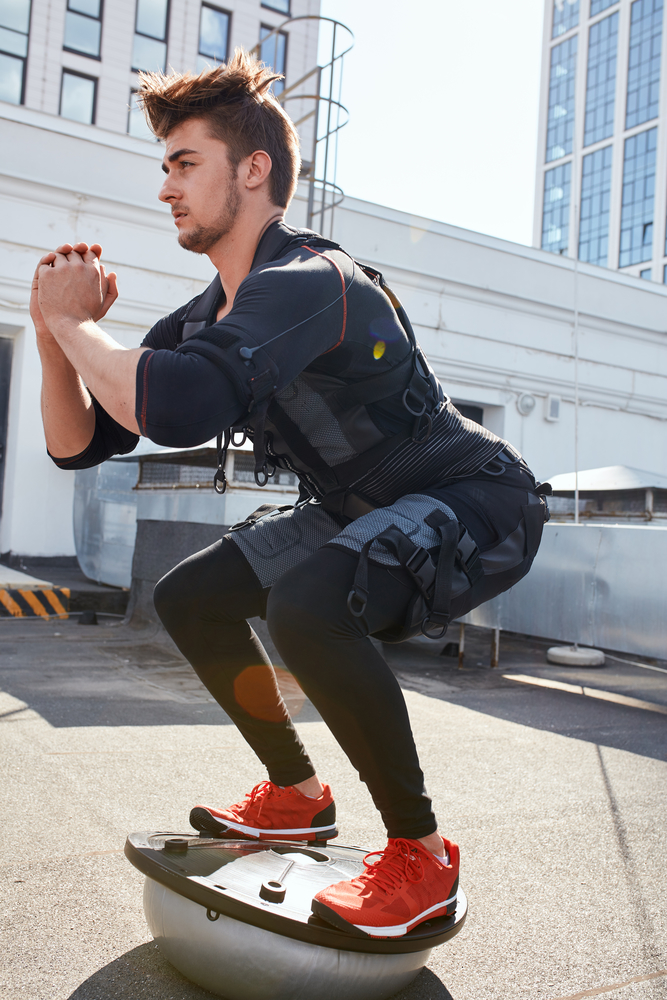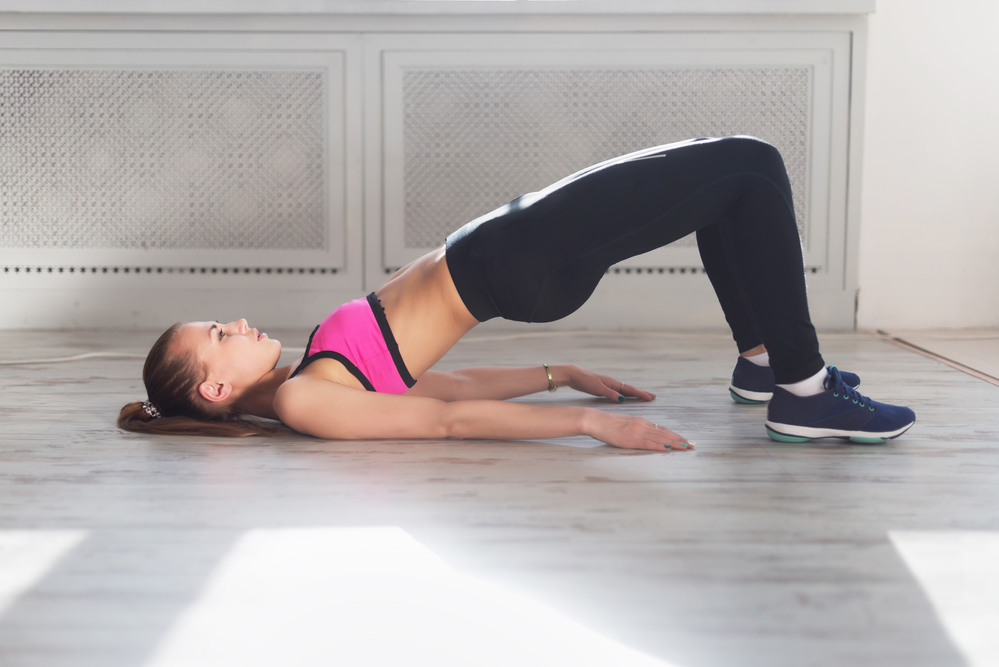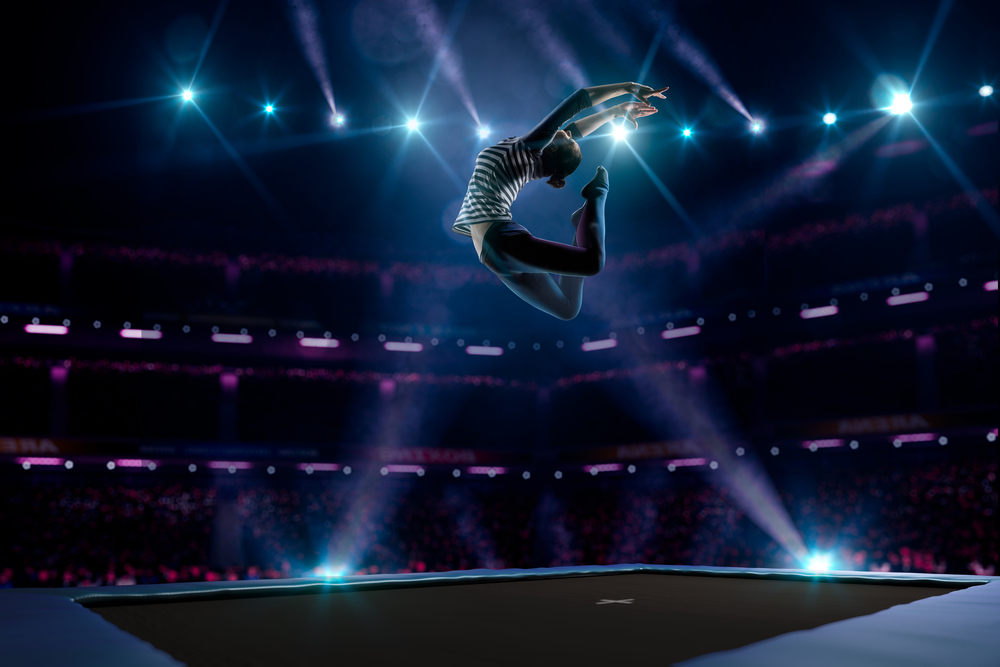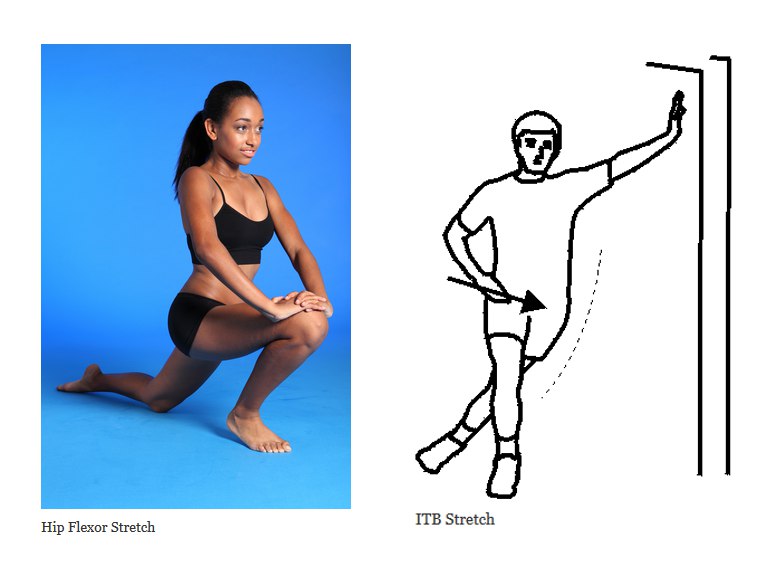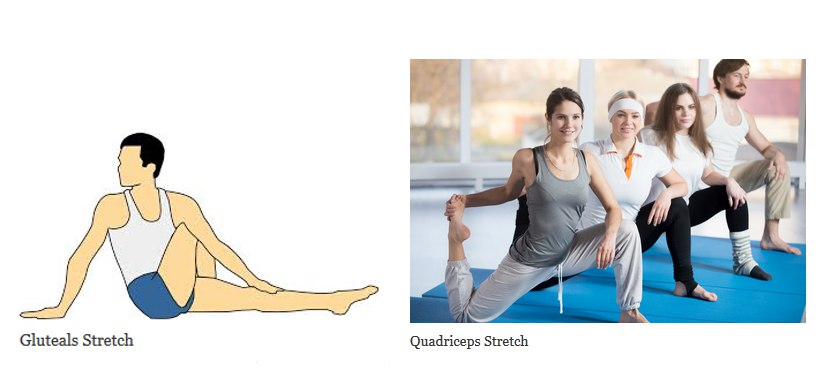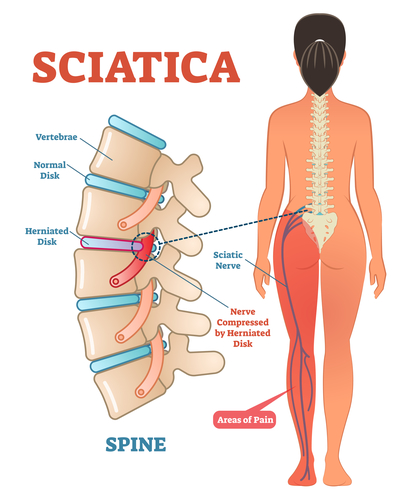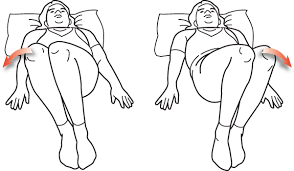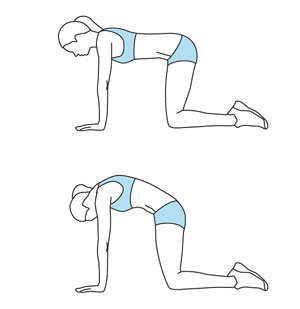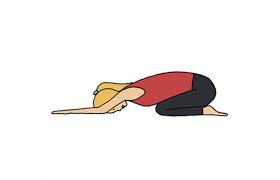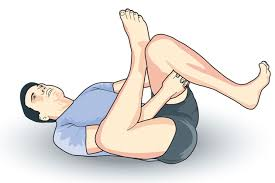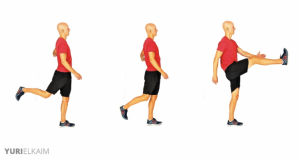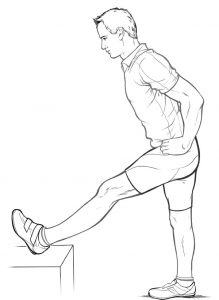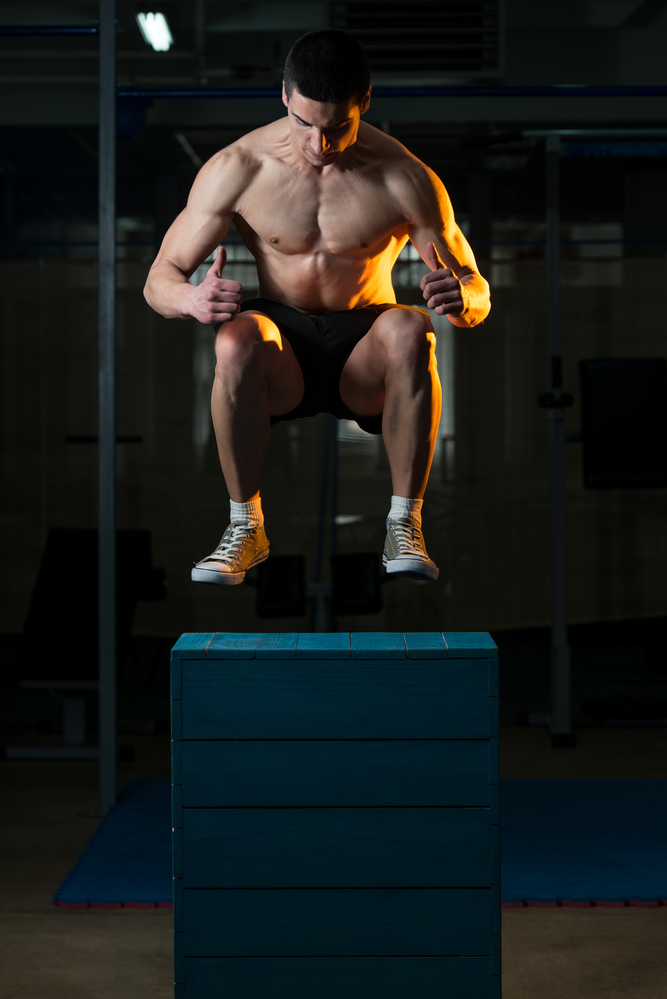
How to dunk:
Are you a basketball player wanting to improve your vertical jump ability? An increased vertical jump can allow you to block more shots, get more steals, score better around the rim and even dunk. Players are generally either two foot jumpers (such as Donovan Mitchell) or one foot jumpers ( Russell Westbrook). While you can take off of either one or two feet in a game, identifying your preference and ability taking off of 1 or 2 feet can affect how you train your jumping ability.
Firstly it is necessary to identify the different factors which may affect your jumping ability. Factors affecting your vertical leap include the following:
– Balance
– Calf power
– Quadriceps power
– Gluteal power
– Core strength
– Low back extensor power
– Coordination
Once the above factors have been assessed along with any injury history and your individual play style an exercise program can be made to increase your vertical leap.
Simply jumping as high as you can over and over again isn’t going to be the most effective way of helping you jump higher.
The following exercises, in conjunction with exercises designed to correct any deficiencies in the above factors can help you jump higher and perform better:
Different methods for improving your vertical jump include:
- Resistance training
- Resisted jumping (Argus, Gill, Keogh, Blazevich and Hopkins, 2011) – Using elastic bands weigh you down whilst jumping
- Box jumps (Argus, Gill, Keogh, Blazevich and Hopkins, 2011)
- Warming up using exercises such as split squats before a game (Bishop, Tarant, Jarvis and Turner, 2017)
If you want to improve your play and start jumping higher book in with our friendly staff today! We are conveniently located at South Yarra, Footscray, and Balwyn. You may call 0401 865 333 or drop an email at info@capitalphysiotherapy.com.au.



